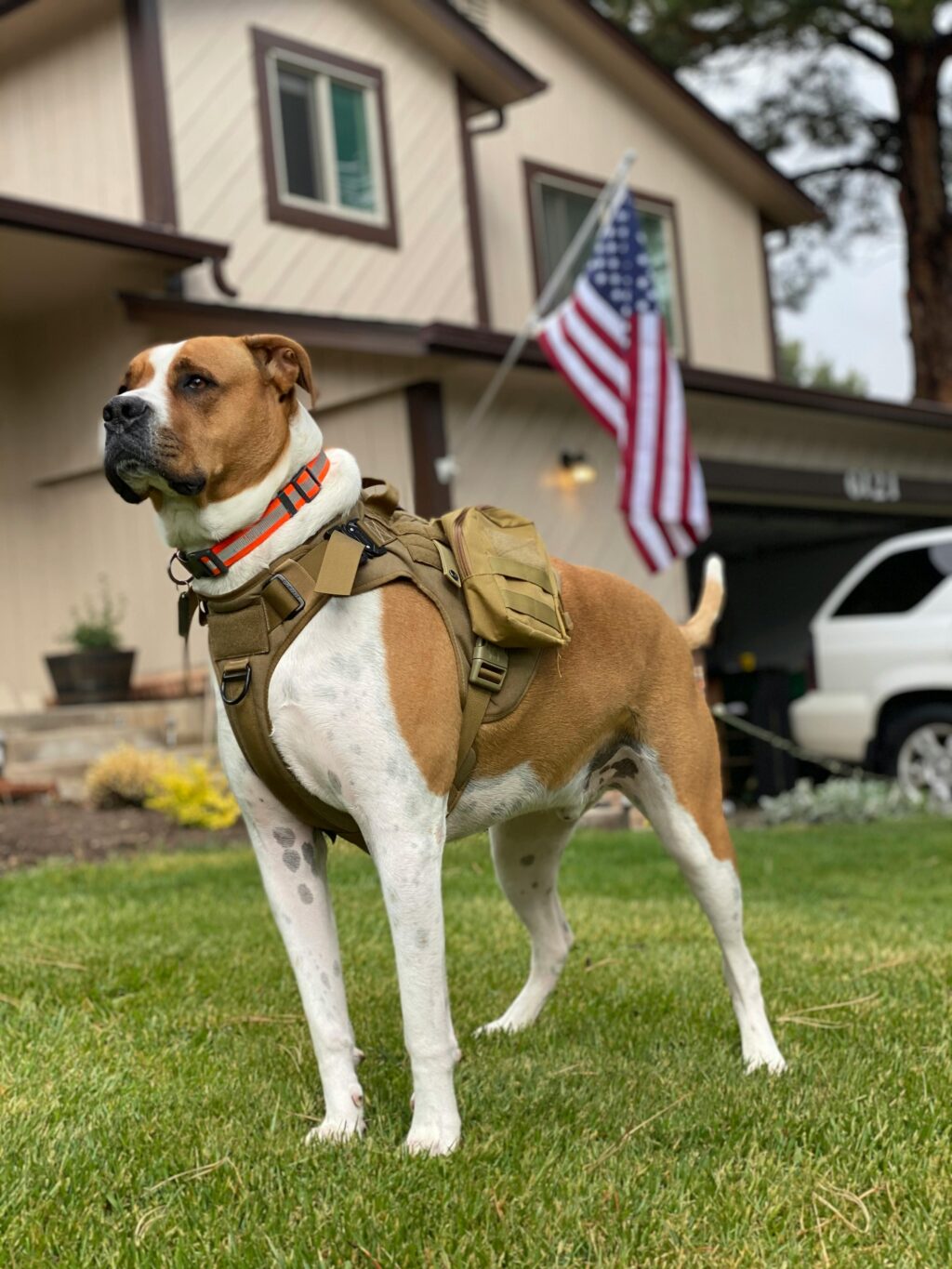ESA vs Service Dogs: Key U.S. Legal Differences

Background of ESA vs Service Dogs
In the U.S., dogs and other animals play vital roles beyond companionship. Service dogs are highly trained to assist individuals with disabilities, while emotional support animals (ESAs) provide comfort simply through their presence.
The confusion between the two is widespread, often leading to legal disputes in housing, travel, and public access. Many pet owners mistakenly assume ESAs have the same protections as service animals, but the law draws a clear distinction.

Understanding these differences helps:
- Disabled individuals assert their rights correctly.
- Landlords, employers, and businesses comply with federal law.
- Pet owners avoid fines, denial of access, or legal issues.
Quick Comparison: ESA vs Service Dog

| Aspect | Emotional Support Animal (ESA) | Service Dog |
| Training | No specialized training required | Individually trained to perform tasks |
| Primary Role | Provides comfort & emotional support | Performs tasks directly related to disability |
| Federal Law Coverage | Fair Housing Act (FHA) only | ADA (Americans with Disabilities Act), FHA, ACAA |
| Public Access Rights | No public access rights | Full access to public places (restaurants, stores, etc.) |
| Airline Travel | No longer federally recognized | Protected under ACAA (must be accepted) |
| Housing Protections | Landlords must make reasonable accommodation | Same protections under FHA |
| Verification | Letter from licensed mental health professional | Not required—tasks must be demonstrable |
What Is a Service Dog?
A service dog is defined under the Americans with Disabilities Act (ADA) as a dog (sometimes a miniature horse) that is individually trained to do work or perform tasks for the benefit of a person with a disability.
Examples of tasks include:
- Guiding individuals with visual impairments
- Alerting deaf individuals to sounds
- Detecting seizures or blood sugar changes
- Providing physical stability for mobility-impaired individuals
- Interrupting self-harm behaviors in psychiatric conditions
Key Legal Protections for Service Dogs:
- Covered by the ADA → full public access (restaurants, stores, hotels, transportation)
- Covered by the Fair Housing Act (FHA) → landlords must allow them regardless of pet policies
- Covered by the Air Carrier Access Act (ACAA) → airlines must allow them to fly free of charge
Unlike ESAs, service dogs are not pets—they are legally considered working animals.
What Is an Emotional Support Animal (ESA)?
An emotional support animal is an animal that provides comfort and emotional stability to individuals with mental health conditions such as depression, anxiety, PTSD, or phobias.
Unlike service dogs, ESAs:
- Do not require specialized training
- Can be any animal (cats, dogs, rabbits, birds, etc.)
- Are not granted public access rights under the ADA
Key Legal Protections for ESAs:
- Covered under the Fair Housing Act (FHA): Landlords must allow ESAs even in “no-pet” housing with a valid ESA letter from a licensed mental health professional.
- Airline rules changed in 2021: The Department of Transportation (DOT) no longer requires airlines to accommodate ESAs for free. They now travel as regular pets.
U.S. Legal Framework
Americans with Disabilities Act (ADA)
- Recognizes service dogs only (and miniature horses).
- Does not apply to ESAs.
Businesses can only ask two questions:
- Is the dog required because of a disability?
- What task(s) has the dog been trained to perform?

Fair Housing Act (FHA)
- Protects both service dogs and ESAs.
- Landlords must provide “reasonable accommodation,” even in no-pet housing.
- Landlords may request documentation (ESA letter), but cannot demand training proof.
Air Carrier Access Act (ACAA)
- Protects service dogs during air travel.
- Since 2021, ESAs are not covered—airlines may treat them as pets subject to fees.
State Laws
Some states expand protections for ESAs, but federal law provides the baseline. Always check local statutes for additional rights or restrictions.
Real-Life Scenarios
Scenario A — ESA in a Restaurant
- Owner brings ESA cat into a restaurant.
- Legally, the restaurant can refuse entry.
- ESA protections apply only to housing.
Scenario B — Service Dog in a Grocery Store
- Handler enters with a guide dog.
- Store must allow the dog inside, no questions beyond ADA’s two.
Scenario C — ESA in No-Pet Housing
- Tenant with diagnosed anxiety provides ESA letter.
- Landlord must make reasonable accommodation (cannot charge pet rent, but can charge for damage).
Scenario D — Flying with Animals
- Service dogs: Fly free under ACAA.
- ESAs: Airlines treat them as pets—fees apply, carriers required.
Why the Distinction Matters
For individuals with disabilities — service dogs provide critical independence and safety.
For landlords/businesses — knowing rights avoids ADA lawsuits.
For ESA owners — understanding limits prevents disappointment and legal trouble.
For the public — distinguishing legitimate service dogs from pets reduces misuse and backlash.
Costs and Responsibilities
Service dogs: Training costs $15,000 – $30,000. Some nonprofits provide them at low/no cost to qualified individuals.
ESAs: Lower financial burden but require ongoing vet care and ESA letter renewals.

Final Verdict
While both emotional support animals and service dogs provide meaningful support, the law in the U.S. draws a clear and important distinction. Service dogs are recognized under the ADA, FHA, and ACAA as highly trained working animals with full public access rights, while ESAs are only protected under the Fair Housing Act for housing accommodations.
This means that although ESAs can offer vital comfort for individuals struggling with mental health challenges, they do not share the same legal privileges as service dogs in public or during travel. Understanding these differences not only helps individuals advocate for their rights but also prevents misuse, ensures fairness, and preserves the credibility of legitimate service animals.





